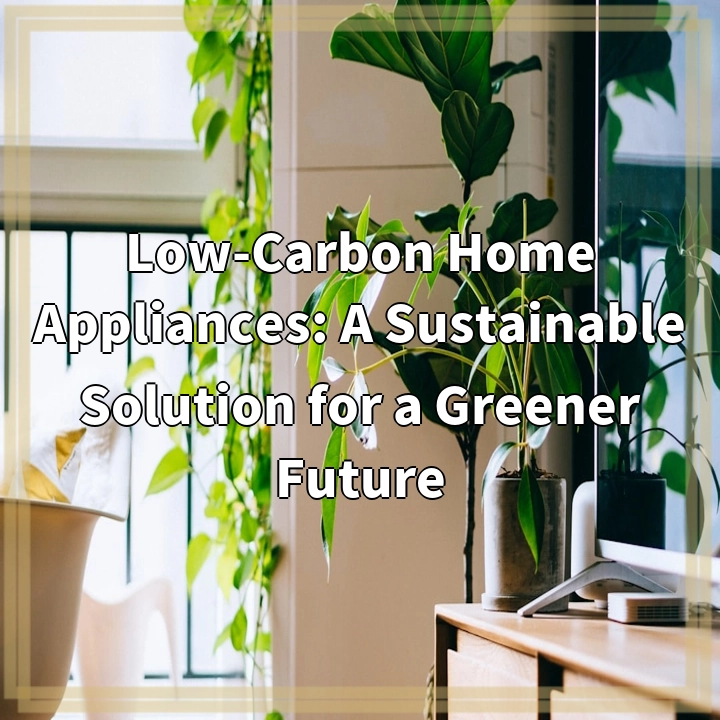
What it is:
Indoor Air Quality (IAQ) refers to the quality of the air inside buildings, including homes, offices, schools, and other enclosed spaces. It is crucial to have good IAQ as it directly impacts the health and well-being of occupants. Poor IAQ can lead to various health issues, including allergies, respiratory problems, and even long-term effects such as asthma or lung cancer.
Real-World Problems:
There are several real-world problems associated with indoor air quality:
Volatile Organic Compounds (VOCs):
VOCs are toxic chemicals released from various sources such as paints, cleaning products, furniture, and building materials. These chemicals can have detrimental effects on human health, leading to eye, nose, and throat irritation, headaches, and even damage to the liver, kidneys, or central nervous system.
Mold and Mildew:
High humidity levels, water leaks, and poor ventilation can contribute to the growth of mold and mildew in indoor spaces. Exposure to mold spores can cause allergic reactions, respiratory issues, and worsen existing conditions like asthma.
Poor Ventilation:
Inadequate ventilation in buildings can trap pollutants and contaminants indoors, leading to poor air circulation and an accumulation of harmful substances. This can include carbon dioxide from human exhalation, chemicals from cleaning products, volatile organic compounds, and more. Without proper ventilation, these pollutants can build up and pose health risks.
Indoor Pollutants:
There are various other sources of indoor pollutants that can compromise IAQ. These can include cigarette smoke, pet dander, dust mites, pollen, and even pollutants brought in from outdoor sources like vehicle emissions. Breathing in these pollutants over an extended period can lead to respiratory problems, allergies, and overall reduced well-being.
Conclusion:
Addressing the real-world problems associated with indoor air quality requires a multi-faceted approach. Implementing green solutions is crucial to reduce exposure to harmful pollutants and create healthier indoor environments. By minimizing the use of toxic chemicals, promoting proper ventilation, controlling humidity levels, and implementing effective air filtration systems, we can significantly improve indoor air quality and safeguard the well-being of occupants.

Solutions for Indoor Air Quality:
Addressing the real-world problems associated with indoor air quality requires implementing effective green solutions:
Reduce Volatile Organic Compounds (VOCs):
Choose low-VOC or VOC-free paints, cleaning products, and building materials. Opt for natural alternatives whenever possible to minimize exposure to harmful chemicals.
Prevent Mold and Mildew:
Control humidity levels by using dehumidifiers or ensuring proper ventilation. Fix any water leaks promptly, and regularly clean and inspect areas prone to mold and mildew growth.
Improve Ventilation:
Enhance airflow by opening windows, using fans, or installing mechanical ventilation systems. This helps in removing stagnant air and providing fresh air circulation.
Implement Air Filtration Systems:
Install high-quality air filters in HVAC systems to capture pollutants and allergens. Regularly clean and maintain filters to ensure optimal performance.
Eliminate Indoor Pollutants:
Take steps to minimize exposure to indoor pollutants such as cigarette smoke, pet dander, and dust mites. Keep indoor spaces clean, vacuum regularly, and adopt practices to improve overall indoor air quality.
Conclusion:
By implementing these green solutions, it is possible to significantly improve indoor air quality and create healthier environments. Prioritizing IAQ and taking proactive measures to address the real-world problems associated with it can lead to better health outcomes and enhanced well-being for occupants.















